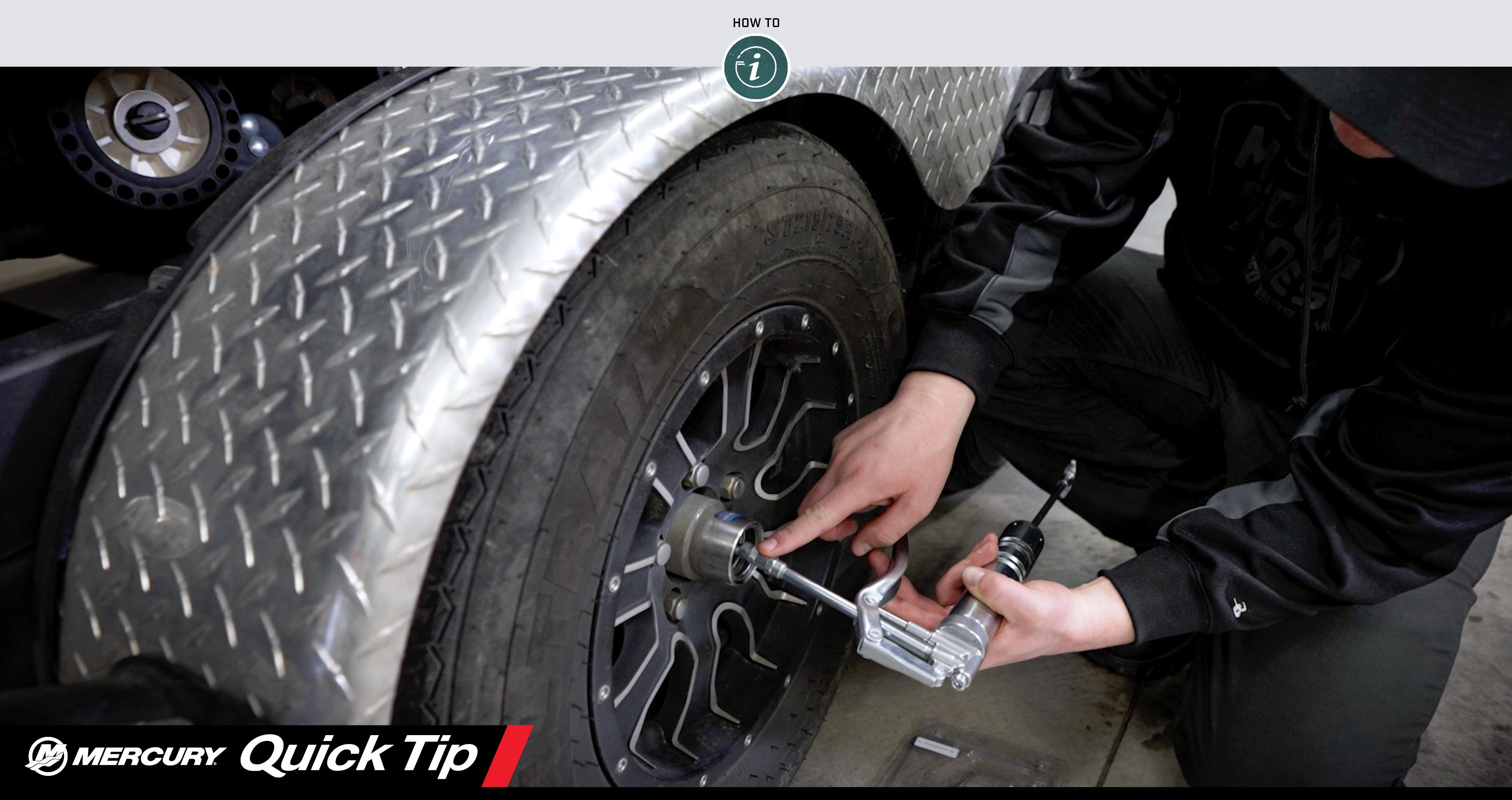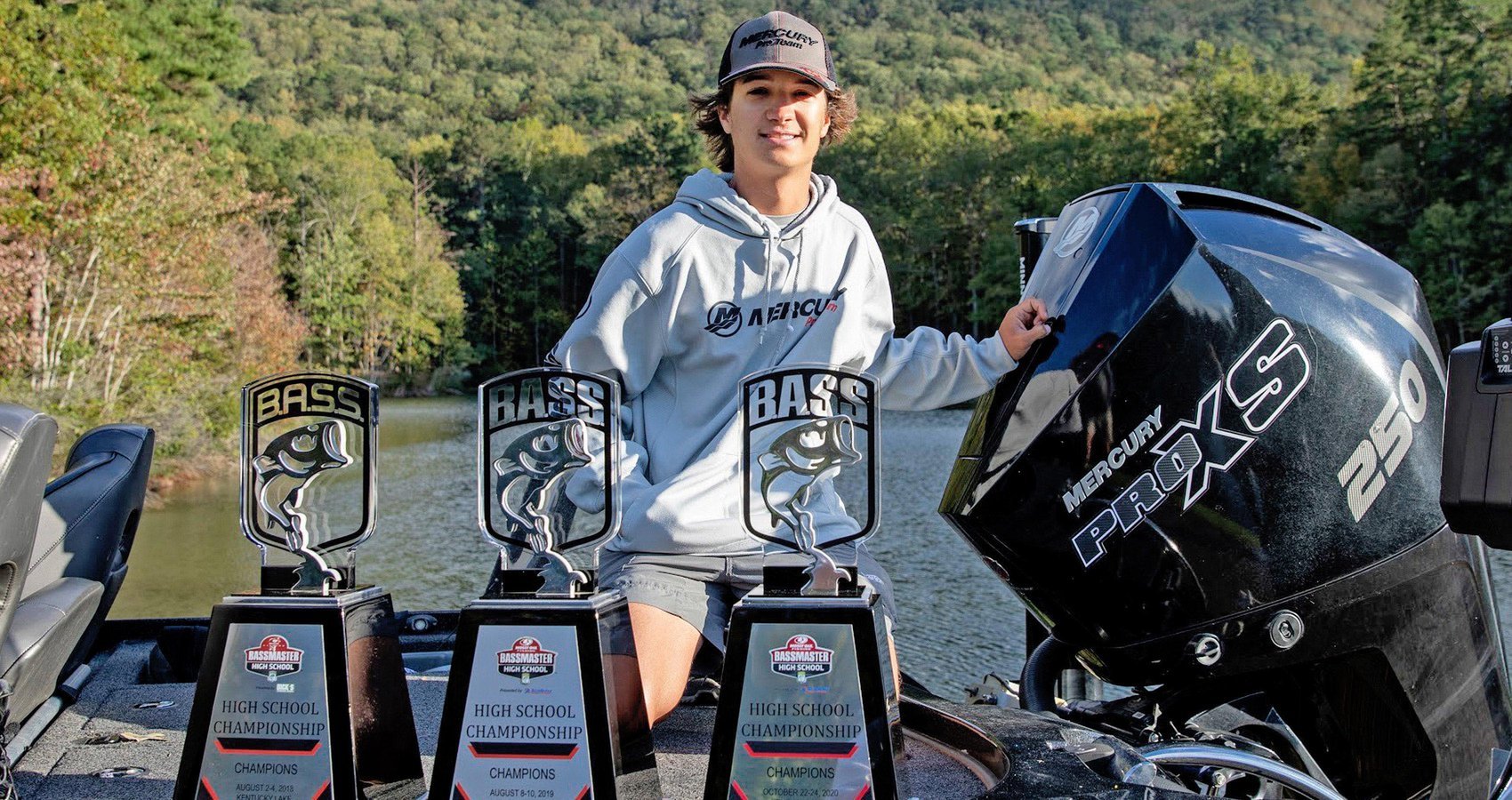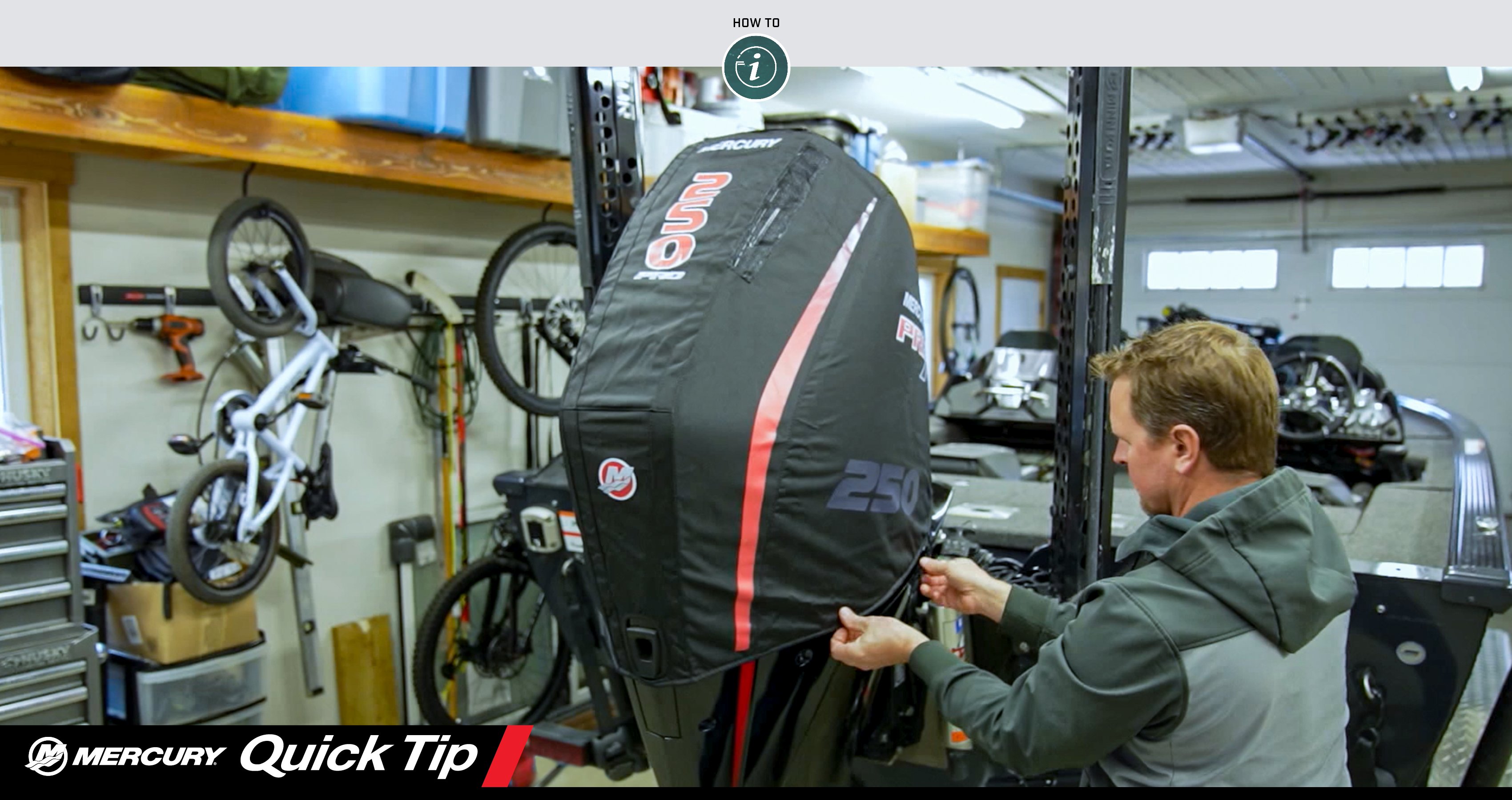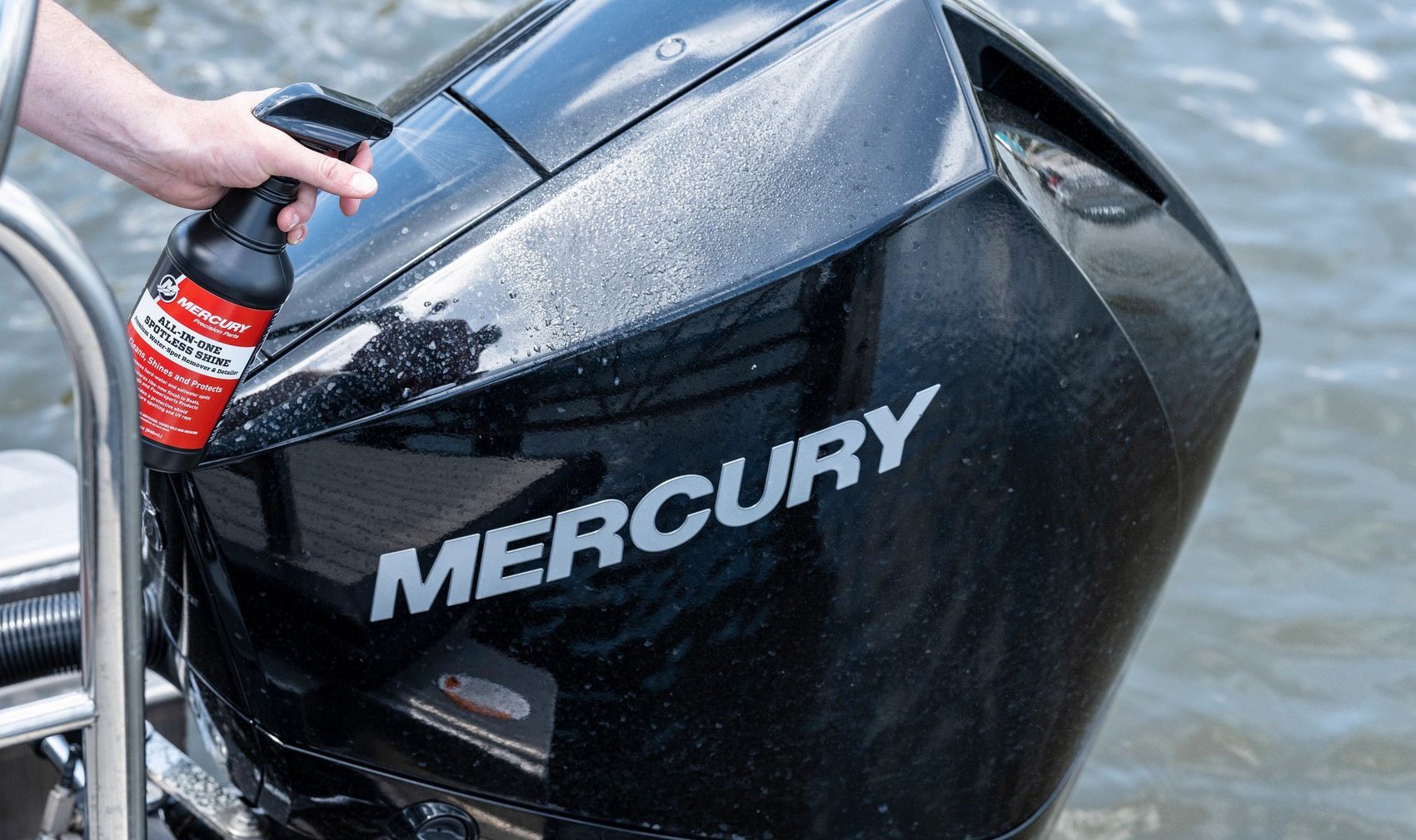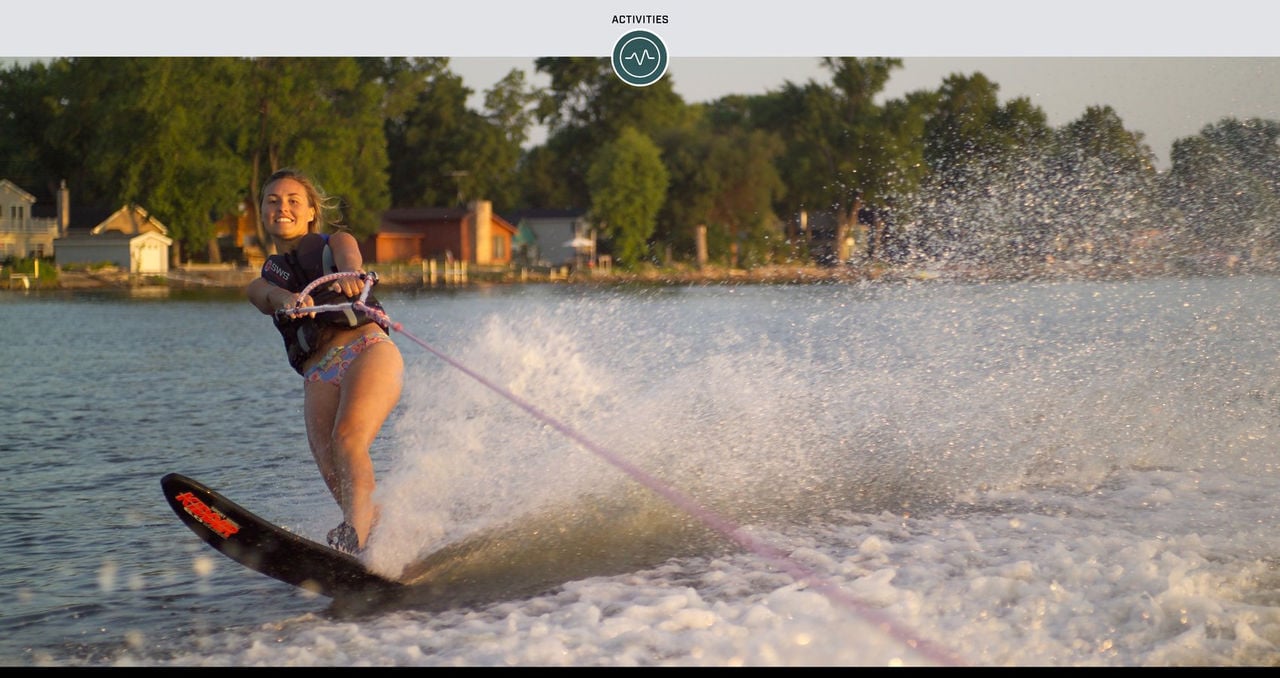Although waterskiing might look daunting to the uninitiated, it’s not as difficult as it might appear. Waterskiing, like other wakesports, involves technique rather than strength — in other words, you don’t have to power yourself up and rely on that power to stay up.
If you follow just a few simple steps, and take the time to practice, you’ll be mastering this new sport before you know it.
Step 1: Practice on Land
If you’ve never tried waterskiing, it’s worth it to practice standing up on land. Sit down with your feet flat on the ground, shoulder width apart. Hold the handle in front of you, with your arms relaxed.
Now, have a buddy pull on the tow rope. Keeping your knees bent, push downward as the rope pulls you forward, and slowly stand up.
You also can practice this with a buddy simply offering you a hand to help you stand up. You’ll feel how easy it is to simply allow them to pull you up, without fighting or resisting the pull.
Step 2: Put on Your Gear
First, put on a U.S. Coast Guard-approved lifejacket that is appropriate for watersports use. Make sure it is approved for this purpose by checking the label inside the life jacket.
Next, stand on the tow boat’s swim platform with your skis. Dip them into the water, as it is much easier to slide your feet into the bindings if they’re wet. Then, put one foot at a time into each binding.
Press each heel firmly into place, making sure the bindings aren’t too loose or too tight. Now you’re ready to slide into the water, with your tow rope and handle in hand.
Before you enter the water, make sure everyone aboard is familiar with the most important watersports hand signals:
Speed Up: Thumbs-up sign.
Slow Down: Thumbs-down sign.
Stop: Use your index finger to make a cutting motion across your neck.
Turn Around: Point your index finger skyward, and spin it in a circle.
O.K.: Universal “O.K.” sign
Step 3: Position Yourself for Launch
Once you’re in the water behind your tow boat, position your skis so the toes are pointing skyward and the bottom surface of your skis are facing the boat. Grip the handle with both hands in the knuckles-up position.
As you hold the handle in front of you, your chest should be facing the boat. Your knees should be at your chest, and your rope should be between your knees and skis.
Remember to keep your ski tips above the water, your knees bent, and your arms straight ahead of you. Most of all, relax and breathe! Signal to the driver when you’re ready.
Step 4: Rise Up Slowly
As the tow boat throttles up and moves forward, your rope will get tight. When you feel that tension, you’ll also feel forward motion. Keep your arms out and knees bent.
As you pick up speed, your skis will slide below you as you rise up to standing. Think of this as moving from a cannonball position to a seated-chair position. Be sure to rise slowly, holding that seated-chair position— knees over toes, hips over feet — until you feel balanced and comfortable.
One cautionary note: The harder you try to pull yourself up, the more difficult it will be. Don’t rush the process. Let the boat do the work. If you find that it’s taking a lot of effort to stand up, you’re probably doing too much.
Step 5: Find Your Waterski Stance
As you reach standing position, lean back so your skis are slightly ahead of you; that way, they will stay on top of the water. Keep your arms straight and your shoulders squared, facing forward.
This is your waterski stance.
Once you feel comfortable moving in a straight line behind the tow boat, you can experiment a little. Go back and forth across both wakes, and pay close attention to how the skis react.
Step 6: Keep Practicing!
Two important things to remember as a beginner. First, make sure you’re comfortable with controlling your skis before trying to drop a ski (slalom skiing) or trying to do any tricks.
Second, be patient. Everyone learns at a different pace. Just keep trying, take breaks when you need them, and enjoy making memories with family and friends on the water.
Smart Tow Makes the Journey Easier
For those behind the wheel, Mercury SmartTow® takes the guesswork out of pulling skiers, tubers, waker boarders and wake surfers. A standard feature on all Mercury VesselView® displays, this innovative system lets you select pre-set profiles for your boat’s rpm and speed to create the perfect launch and ride experience. You also can set custom launch profiles for riders of any skill level. And Smart Tow has features that let you set up the perfect launch profile and running speed for beginners, which makes learning easier.
